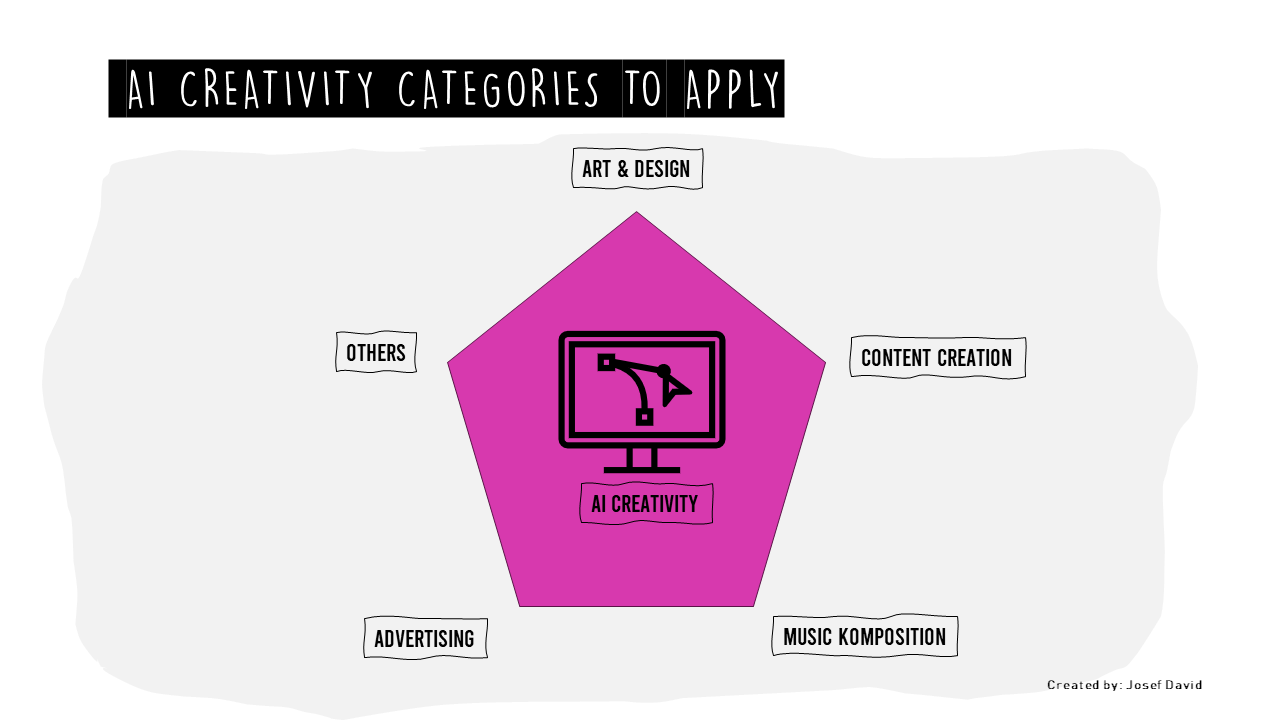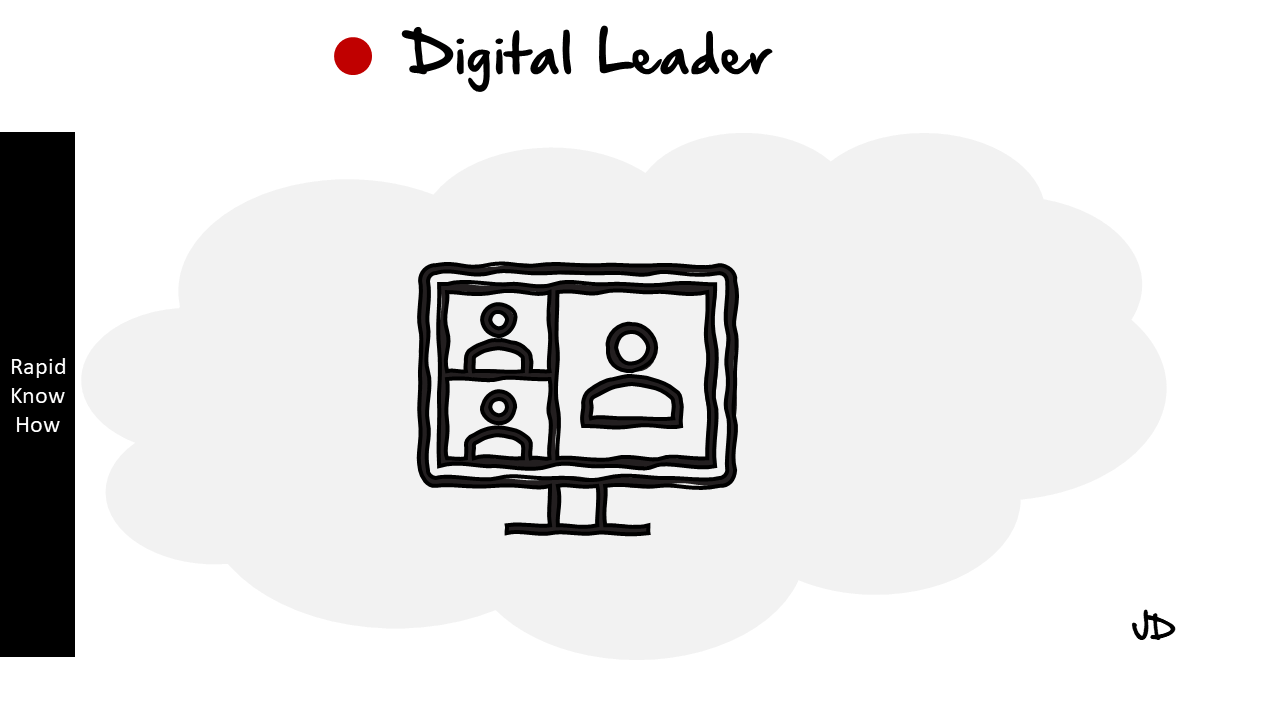♟️ Business Warfare Simulation: Industrial Gases
Total Integration vs. Partner Alliances
🎯 Scenario Context:
The industrial gas industry is facing a wave of change—digital transformation, ESG mandates, and on-site generation tech are pushing the giants (e.g., Linde, Air Liquide, Air Products) to make a strategic choice:
Do they double down on total vertical integration (owning production, logistics, customer contracts),
or embrace strategic alliances and tech partners to innovate faster and scale smarter?
🟥 Player A – Total Integration Strategy
▶️ Example: Linde
Opening Move:
- Build massive end-to-end control: production → delivery → management
- Exclusive long-term contracts (10–15 years) with large manufacturers
- Invest in in-house tech (IoT tanks, gas flow analytics, CO₂ capture)
Strengths:
- Complete quality & supply chain control
- High switching costs for clients
- Strong ESG compliance built into lifecycle
Weaknesses:
- Slower to adapt to niche innovations
- Huge CapEx + slower ROI
- Locked-in model resists agile change
🟩 Player B – Partner Alliances Strategy
▶️ Example: Disruptive Mid-Tier or Regional Gas Firm (with Tech Partners)
Opening Move:
- Partner with:
🔹 On-site generator manufacturers (PSA/N₂/CO₂ systems)
🔹 IoT and AI startups (for predictive maintenance)
🔹 Regional logistics providers for last-mile delivery - Offer flexible gas-as-a-service subscriptions
Strengths:
- Speed to innovation
- Modular cost structure
- Appealing to SMEs & mid-tier industrial clients
Weaknesses:
- Reliance on third-party reliability
- Fragmented supply chain risks
- Harder to standardize compliance globally
🧠 Strategic Chessboard Comparison
| Move | Total Integration (A) | Partner Alliance (B) |
|---|---|---|
| Speed | Slow, secure | Fast, adaptive |
| Margin | High per unit | Variable, partner-shared |
| Scalability | Capital intensive | Flexible, plug-and-play |
| Customer Fit | Enterprise & multi-nationals | Mid-market, regional leaders |
| ESG Readiness | Built-in via infrastructure | Depends on partner network |
🔁 Reactions in the Field
- 🧱 Player A acquires small alliance startups to internalize innovation
- 🔄 Player B forms networks to take over sub-segments (e.g., food gas, aquaculture, 3D printing)
Both players shift toward hybrid models, but one leads with control, the other with speed.
🏁 Strategic Outlook: 3-Year Scenario
| Market Outcome | Description |
|---|---|
| 🏆 Hybrid Wins | Market favors players who control key infrastructure and partner for speed |
| 🧠 Disruptor Edge | Nimble alliances win in fast-evolving verticals (e.g., green hydrogen, biogas) |
| 🛡️ Incumbent Defense | Total integrators dominate legacy markets but risk falling behind in innovation niches |
✅ RapidKnowHow Strategic Moves
- If you’re the Integrator
→ Acquire ecosystem players BEFORE they build a competing platform
→ Launch a Platform-as-a-Service (PaaS) unit: gas delivery + tech - If you’re the Alliance Builder
→ Standardize onboarding + compliance for faster partner scaling
→ Win with a vertical SaaS-like offering: FoodGas-as-a-Service, PharmaGas-as-a-Service
🛠️ Want a Toolkit for This Battle?
I can deliver:
- Integration vs. Alliance Strategy Canvas
- Partner Readiness Scorecard
- Modular vs. Monolith Battlemap (based on CapEx, ROI, Speed)
- RapidKnowHow Market Playbook for Industrial Gas Disruption




